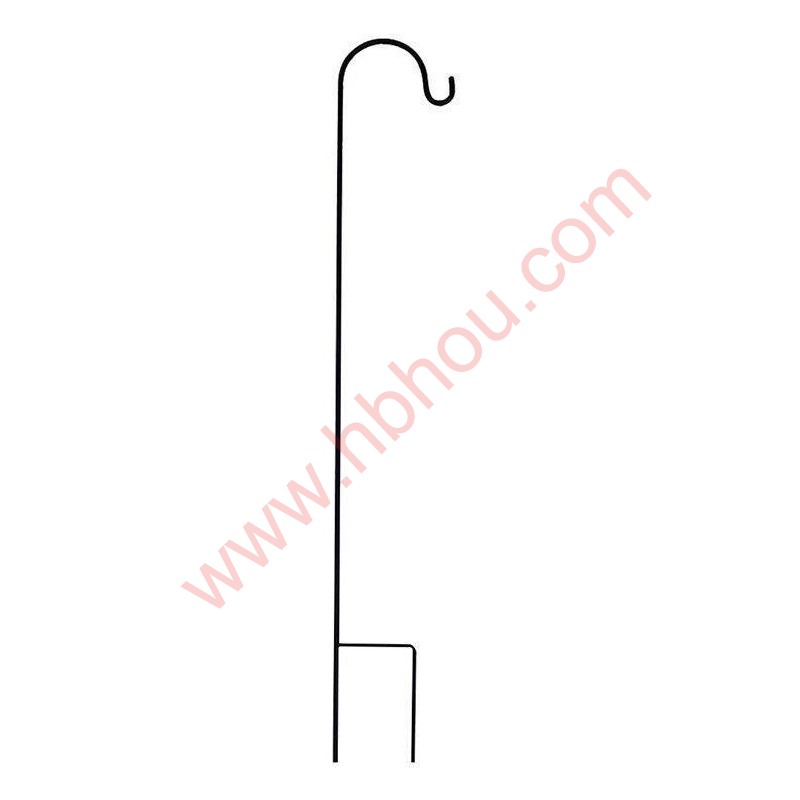The Essential Role of Binding Wire in Construction
In the ever-evolving world of construction, maintaining structural integrity and ensuring safety are paramount. Among the myriad of materials and tools utilized in this industry, binding wire plays a pivotal role. Often overlooked, this simple yet effective product is essential for various applications in construction, from reinforcing concrete to securing scaffolding. Understanding the characteristics, uses, and advantages of binding wire can illuminate its importance in building projects.
What is Binding Wire?
Binding wire, a thin and flexible wire, is typically crafted from mild steel or galvanized steel. It comes in various gauges, with the most common being between 16 to 20 gauge. The wire is manufactured in coils, making it easy to handle and deploy on construction sites. Its pliability allows it to be bent and shaped as needed, providing versatility in numerous applications.
Applications in Construction
1. Reinforcing Concrete Structures One of the primary uses of binding wire in construction is to tie reinforcement bars (rebar) together during the concrete pouring process. Rebars are essential for providing tensile strength to concrete, and the binding wire ensures that these bars are secured in place, preventing them from shifting during the application of concrete. This secure placement is crucial for the structural integrity of buildings, bridges, and other infrastructures.
2. Securing Formwork In addition to reinforcing bars, binding wire is often used to secure formwork—temporary structures that shape the concrete until it sets. By binding formwork elements together, builders can ensure the desired shape and structural alignment is maintained throughout the curing process.
3. Building Safety and Scaffolding Binding wire is also instrumental in the assembly of scaffolding, a temporary framework that supports workers and materials during construction. It is used to tie lashing and securing members together, helping to create a stable working environment. Given the risks associated with construction sites, the reliability of binding wire in securing scaffolding cannot be overstated.
binding wire used in construction

4. Wire Mesh and Fencing In various construction applications, especially in fencing and site security, binding wire is used to connect and secure wire mesh panels. This not only enhances the safety of the site but also prevents unauthorized access, which is crucial for safeguarding materials and equipment.
Advantages of Binding Wire
1. Cost-Effectiveness Binding wire is an economical option for construction projects. Its low material cost combined with its ability to improve structural integrity makes it a wise choice for builders looking to manage budgets without compromising quality.
2. Ease of Use The lightweight and flexible nature of binding wire makes it easy to manipulate and apply. Workers can quickly tie, adjust, or remove the wire as needed, resulting in enhanced efficiency on job sites.
3. Corrosion Resistance Galvanized binding wire, in particular, offers resistance to rust and corrosion, making it ideal for use in diverse environmental conditions. This longevity ensures that the wire will maintain its integrity throughout the lifespan of the construction.
4. Strong and Durable Despite its thin diameter, binding wire exhibits considerable tensile strength, providing the necessary support for various construction applications. This durability contributes to the stability and longevity of the structures built.
Conclusion
Binding wire may appear to be a simple component of construction, but its significance cannot be underestimated. From reinforcing concrete to enhancing safety through scaffolding, this versatile material plays an essential role in ensuring the integrity and safety of construction projects. Its cost-effectiveness, ease of use, and robust nature make it an invaluable asset in the industry. As the construction landscape continues to advance, binding wire will likely remain a staple, proving that sometimes, the most fundamental tools are the most critical to success. Whether in a large-scale project or a small renovation, the proper application of binding wire can have lasting implications for the safety and stability of constructed environments.
















